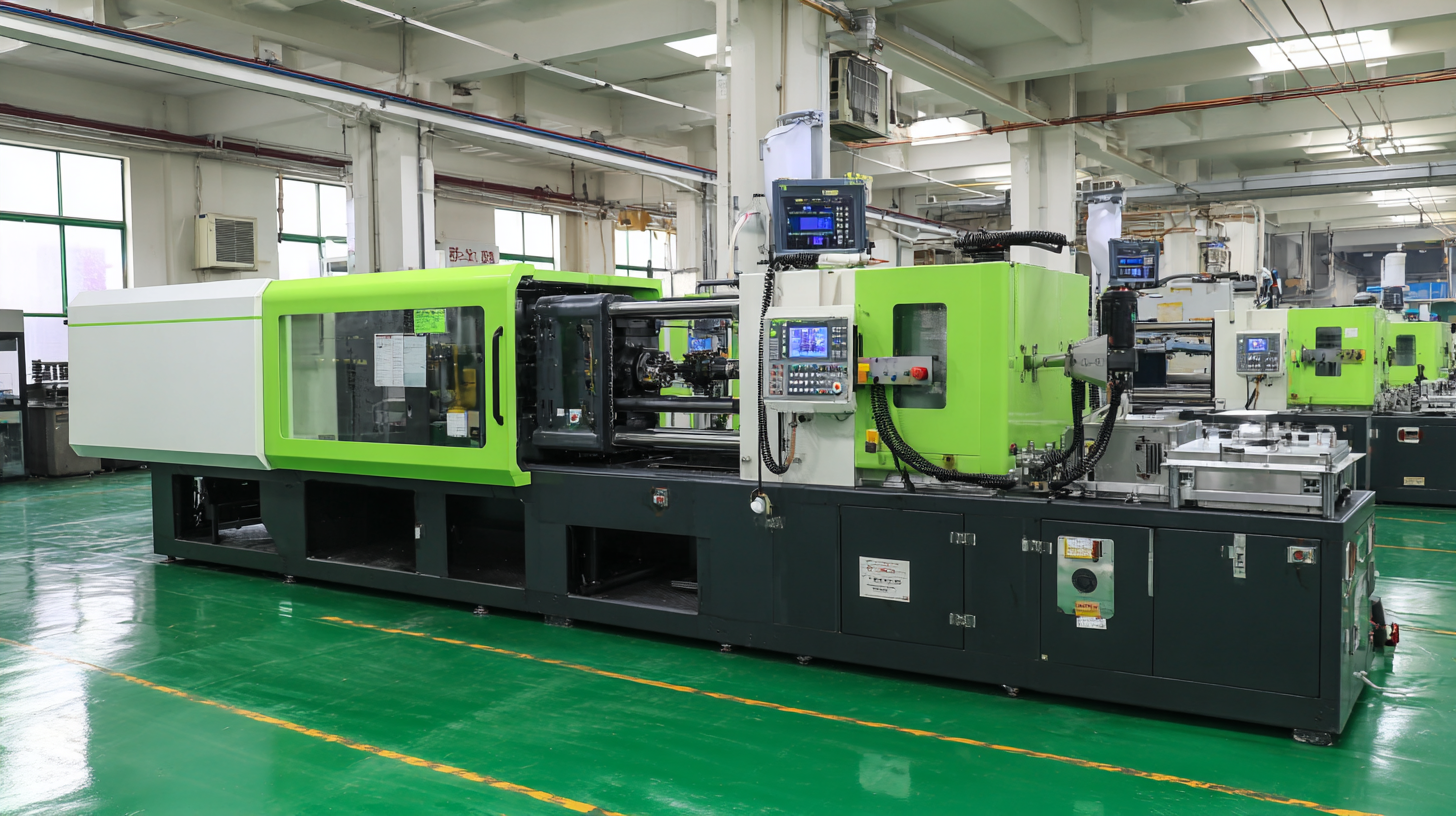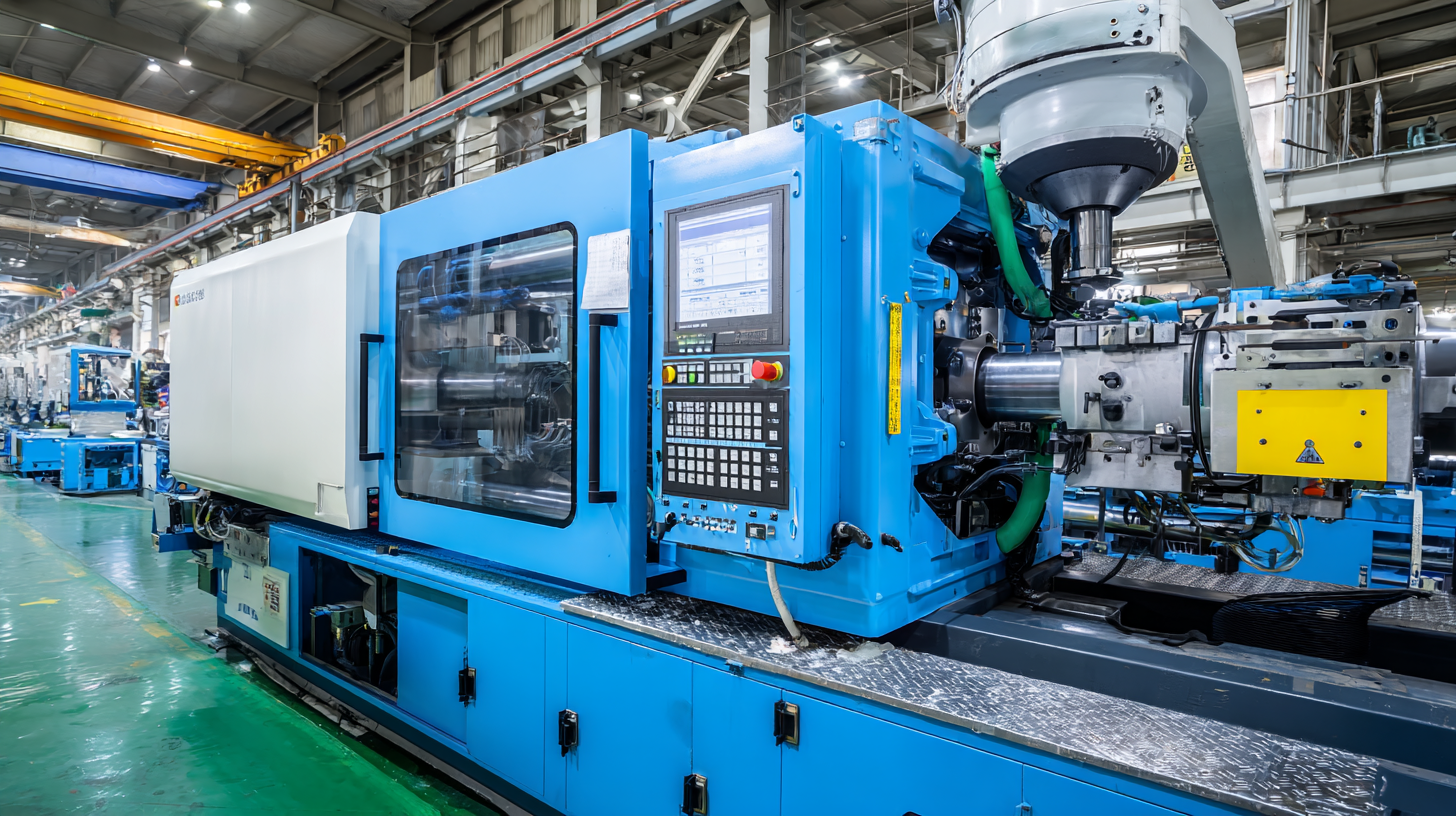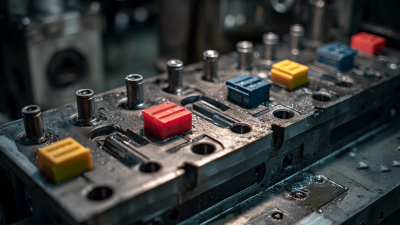In the rapidly evolving landscape of manufacturing, the injection molding machine stands as a pivotal technology driving production efficiency and innovation. As industries strive to meet increasing demands for high-quality products, advancements in injection molding technology are playing a critical role. This article delves into the latest innovations in injection molding machine technology that enhance production processes, reduce cycle times, and improve energy efficiency.

By exploring the types of injection molding machines, from traditional to advanced models featuring automation and smart capabilities, we illuminate how these developments are facilitating greater precision and versatility in manufacturing. Emphasizing the significance of these innovations, we aim to showcase their transformative potential for industries ranging from automotive to consumer goods, ultimately reshaping the future landscape of production.
Injection molding technology has seen significant advancements, aimed at enhancing production efficiency across various industries. The integration of advanced servo-electric drives into injection molding machines exemplifies this trend, combining precision and speed while minimizing energy consumption. These innovations allow manufacturers to optimize their operations, achieving cycle times that can be reduced by up to 30%, while also showcasing improved repeatability and quality in the final products.
Recent workshops focused on injection molding processing fundamentals highlight the growing need for continued education in this field. With industry professionals seeking knowledge on the latest techniques and technologies, organizations are stepping up to provide training. According to a recent report, companies that invest in modern training programs report a 15% increase in productivity due to improved skills and understanding of new technologies. Furthermore, the opening of new manufacturing plants dedicated to injection molding machines signifies a robust demand for enhanced manufacturing capabilities, with plants now producing up to 200 machines annually. This surge not only indicates a booming market but also reflects the critical role that innovative technologies play in driving efficiency and sustainability in manufacturing processes.
| Component | Innovation Type | Description | Impact on Production Efficiency |
|---|---|---|---|
| Injection Unit | Advanced Heating Technology | Utilizes infrared heating to ensure uniform temperature distribution. | Reduces cycle times by 15%. |
| Clamping Unit | Servo-Driven Technology | Increases energy efficiency and responsiveness during operations. | Enhances speed by 20%. |
| Control System | IoT Integration | Provides real-time monitoring and predictive maintenance alerts. | Minimizes downtime by 25%. |
| Material Handling | Automated Loading System | Streamlines the material feeding process to the machine. | Increases throughput by 30%. |
| Cooling System | Enhanced Cooling Channels | Improves heat dissipation and reduces cycle time. | Decreases overall production time by 10%. |
The injection molding machine market, particularly for
LIM (Liquid Injection Molding) and
LSR (Liquid Silicone Rubber), is poised for significant growth.
Valued at approximately $159.5 million in 2024, this sector is projected to soar to
$283.83 million by 2032, reflecting a robust growth rate of
7.47%. This growth is largely driven by advancements in machine technology
that enhance production efficiency, such as automated systems and smart manufacturing techniques.
These innovations not only streamline processes but also reduce operational costs, allowing manufacturers to
respond more swiftly to unpredictable market demands.
 Additionally, the shift towards intelligent manufacturing is critical for companies
aiming to boost their competitiveness, especially in dynamic markets like Hong Kong. As labor costs rise and
geopolitical risks increase, manufacturers are compelled to adopt tech-driven solutions to mitigate these pressures.
By integrating AI and automation in injection molding processes, manufacturers can
achieve higher precision and lower defect rates, further contributing to overall production efficiency. The industry's
adaptation to such innovations is not just a trend but a necessity for survival and growth in an ever-evolving landscape.
Additionally, the shift towards intelligent manufacturing is critical for companies
aiming to boost their competitiveness, especially in dynamic markets like Hong Kong. As labor costs rise and
geopolitical risks increase, manufacturers are compelled to adopt tech-driven solutions to mitigate these pressures.
By integrating AI and automation in injection molding processes, manufacturers can
achieve higher precision and lower defect rates, further contributing to overall production efficiency. The industry's
adaptation to such innovations is not just a trend but a necessity for survival and growth in an ever-evolving landscape.
The injection molding industry is experiencing a significant transformation through the implementation of advanced control systems designed to optimize machine performance. According to a report by the Association for Manufacturing Technology, manufacturers that integrate smart control systems can enhance production efficiency by up to 30%. These systems utilize real-time data analytics, enabling machines to adjust parameters on-the-fly based on variables such as temperature, pressure, and material flow. This level of precision not only improves cycle times but also reduces waste, making the production process more sustainable.
Moreover, the rise of Industry 4.0 has ushered in a new era of interconnected manufacturing where injection molding machines are equipped with IoT capabilities. A study from the Plastics Industry Association highlights that companies adopting IoT-enabled machines report a 25% reduction in downtime. Advanced control systems allow for predictive maintenance, identifying potential failures before they occur and ensuring continuous operation. As such, the strategic advancement in control technology is not merely a trend but a crucial investment for businesses looking to stay competitive in a rapidly evolving industry.
The integration of smart sensors and the Internet of Things (IoT) into injection molding machine technology marks a transformative phase in production efficiency. According to a recent report by Markets and Markets, the adoption of IoT in manufacturing processes is projected to grow from $7.99 billion in 2020 to $29.36 billion by 2025, reflecting a compound annual growth rate of 30.7%. This rapid expansion underscores the significance of real-time monitoring and data-driven optimization in enhancing operational productivity in injection molding.
Smart sensors play a pivotal role in this evolution, offering real-time insights into machine performance and operational parameters. They allow manufacturers to track variables such as temperature, pressure, and cycle times, facilitating immediate adjustments that can prevent defects and minimize downtime. A study by PwC highlights the potential for a 20-30% increase in efficiency through the implementation of IoT solutions in manufacturing. By harnessing these innovations, injection molding facilities can not only improve production rates but also enhance product quality and reduce waste, ultimately driving profitability in a competitive market.

The injection molding industry has seen a significant shift toward sustainable practices, which not only enhance production efficiency but also address growing environmental concerns. According to a recent report from Grand View Research, the global injection molding market is anticipated to reach USD 339.8 billion by 2025, with an increasing emphasis on eco-friendly materials and processes. Implementing recycled plastics in injection molding can reduce carbon emissions by up to 40%, showcasing the tangible benefits of integrating sustainability into manufacturing practices.
Moreover, sustainable innovations, such as energy-efficient machines and biodegradable materials, are transforming the efficiency landscape. The use of electric injection molding machines, which have been reported to consume up to 50% less energy compared to their hydraulic counterparts, is on the rise. Additionally, adopting practices like closed-loop water systems helps conserve resources while maintaining optimal production levels. As manufacturers strive for greener operations, studies indicate that sustainable practices could lead to a 20% increase in overall productivity, illustrating the dual benefit of sustainability in driving both ecological responsibility and operational excellence.






